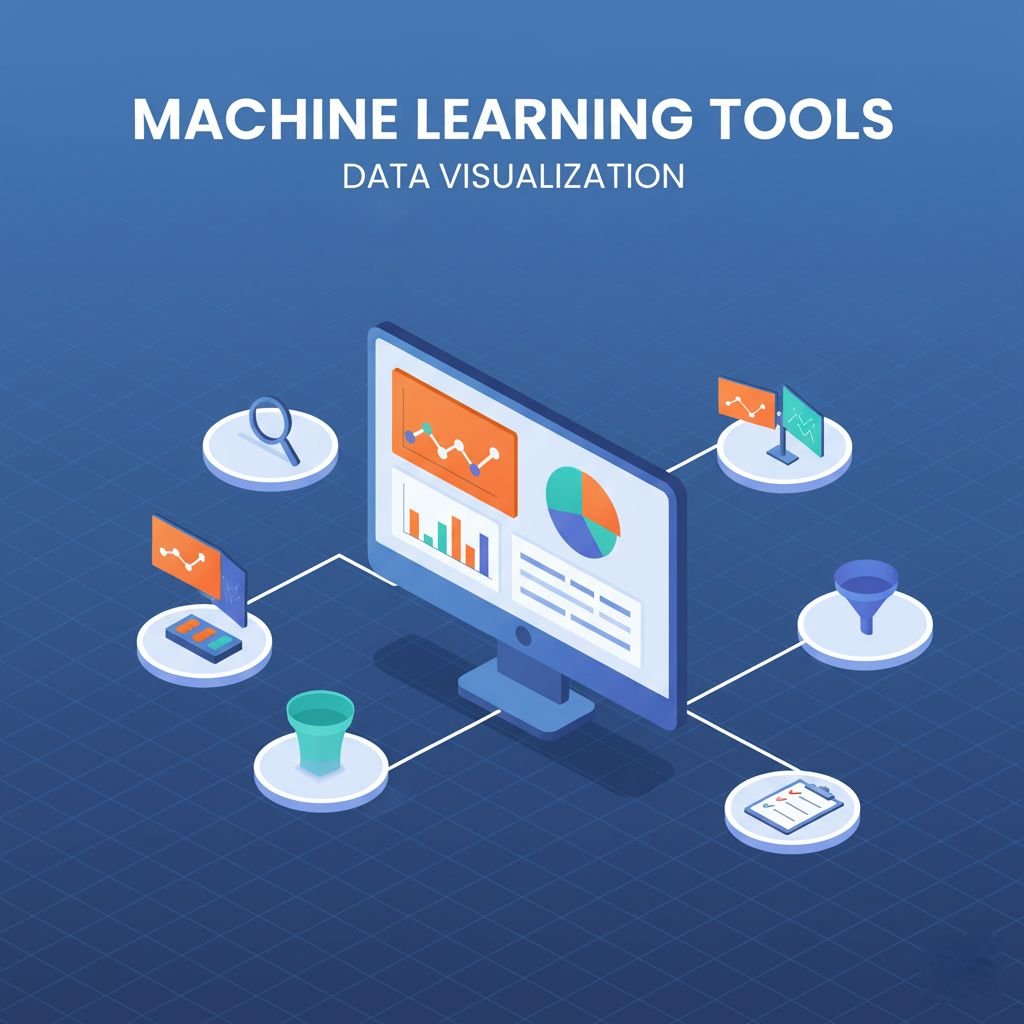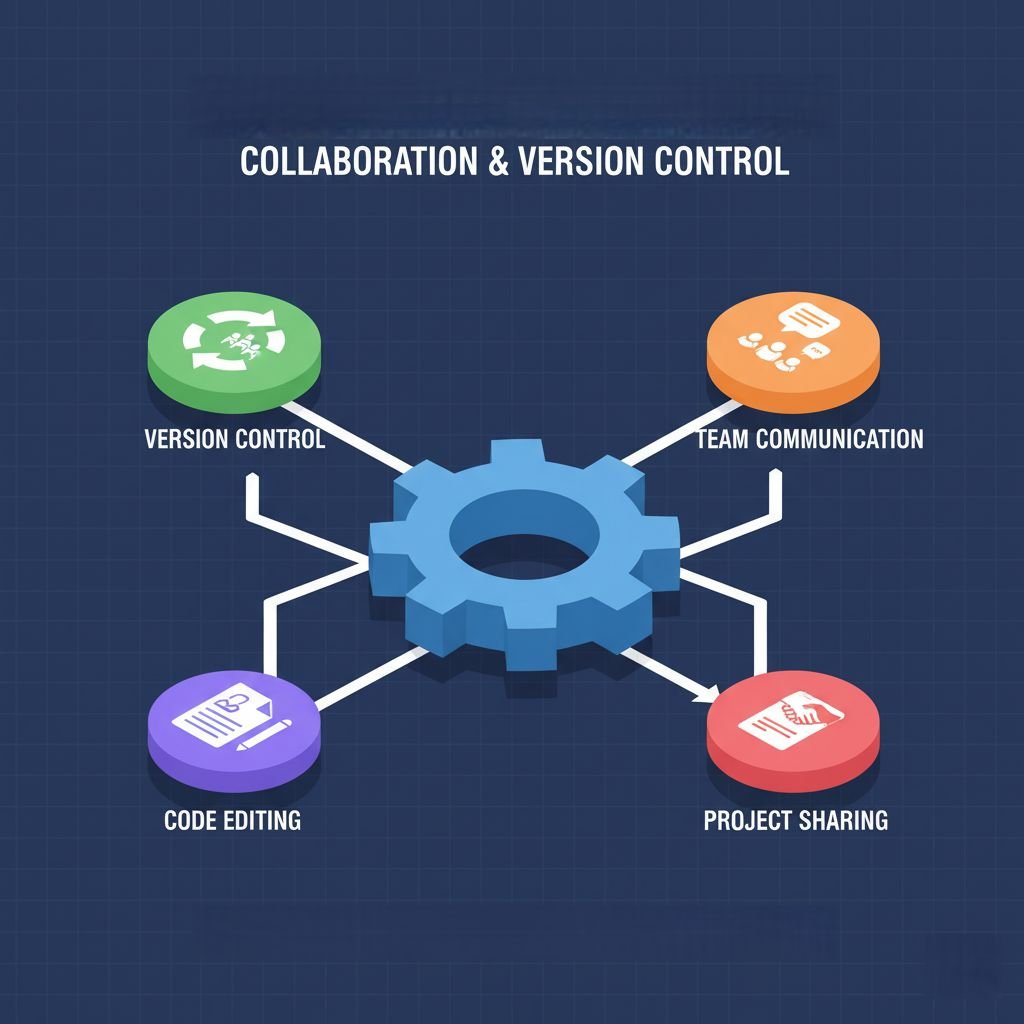Introduction
Machine learning has rapidly evolved from a niche academic pursuit to a cornerstone of modern business, healthcare, finance, and technology. Yet, the success of a machine learning project depends not just on algorithms, but on the right tools that streamline workflows, improve accuracy, and accelerate deployment. In this article, we explore essential machine learning tools that every practitioner—beginner or expert—should know about, highlighting their unique capabilities, practical use cases, and advantages.
Why Choosing the Right Machine Learning Tools Matters
Imagine you’re building a house. You can’t just use your hands; you need hammers, saws, and measuring tapes. Similarly, machine learning projects require specialized tools at every stage—from data collection to model deployment. Using the wrong tool can result in wasted time, poor model performance, and frustration.
Machine learning tools provide:
- Efficient data preprocessing: Cleaning, transforming, and analyzing data.
- Model selection and training: Offering robust algorithms and optimization techniques.
- Visualization and interpretation: Simplifying insights for stakeholders.
- Deployment support: Making it easier to integrate models into applications.
Key Categories of Machine Learning Tools
To simplify the landscape, tools can be grouped into the following categories:
1. Data Collection and Management Tools
Machine learning thrives on data. Quality, structured data forms the backbone of predictive accuracy.
- Pandas: A Python library for data manipulation. (For full reference, see the official Pandas documentation). Pandas makes it easy to clean datasets, handle missing values, and perform complex transformations.
- Apache Spark: Ideal for large-scale data processing. Spark enables distributed computing, allowing massive datasets to be processed efficiently.
- SQL Databases: Tools like PostgreSQL and MySQL are essential for structured data storage and retrieval.
Practical Tip: When working on real-world projects, data often comes in messy formats. Using Pandas for initial cleaning followed by Spark for scaling can optimize both speed and efficiency.
2. Data Visualization Tools
Visualizing data helps uncover hidden patterns and identify anomalies before modeling.

- Matplotlib & Seaborn: Python libraries for static plots. Great for exploratory data analysis (EDA).
- Plotly: Offers interactive visualizations, useful for dashboards and presentations.
- Tableau: A no-code tool perfect for stakeholders who prefer visual insights over code.
Example: During a retail sales prediction project, using Seaborn heatmaps can quickly highlight correlations between product sales and seasonal trends.
3. Feature Engineering & Selection Tools
Features are the variables that influence your model’s predictions. Selecting the right features can drastically improve model performance.
- Scikit-learn: Provides tools for feature scaling, encoding categorical variables, and feature selection techniques.
- Featuretools: Automates feature engineering, generating new features from raw data. You can explore more in the Featuretools documentation, which details its “deep feature synthesis” method.
- Boruta: A feature selection library that identifies relevant variables, reducing overfitting risk.
Insight: Investing time in feature engineering often yields higher returns than tweaking algorithms. Featuretools can save weeks of manual effort.
4. Machine Learning Frameworks & Libraries
These are the backbone for building, training, and testing models.
- Scikit-learn: Best for beginners and classical machine learning algorithms like regression, decision trees, and clustering.
- TensorFlow: Ideal for deep learning and neural networks, supporting both Python and JavaScript.
- PyTorch: Known for flexibility, dynamic computation graphs, and a strong research community.
- XGBoost & LightGBM: Specialized for gradient boosting, offering state-of-the-art performance in structured data tasks.
Pro Tip: Use Scikit-learn for quick prototyping and TensorFlow/PyTorch for more complex deep learning models. Combining these tools can accelerate development without sacrificing accuracy.
5. Model Evaluation & Hyperparameter Tuning Tools
Optimizing model performance requires rigorous evaluation and parameter tuning.
- Scikit-learn metrics: Offers accuracy, precision, recall, F1-score, and more.
- Optuna: A hyperparameter optimization framework that automates the search for optimal parameters. Refer to the official site’s guide on Optuna hyperparameter optimization to see examples.
- MLflow: Tracks experiments, metrics, and parameters, making reproducibility easier.
Real-World Insight: Hyperparameter tuning can be daunting. Tools like Optuna, with automated optimization, allow data scientists to focus on problem-solving rather than manual trial-and-error.
6. Model Deployment & Monitoring Tools
A model is only valuable if it can be deployed and monitored effectively.
- Flask/Django: Lightweight frameworks to deploy ML models as web APIs.
- Docker: Ensures consistency across environments, making deployments more reliable.
- Kubeflow: Provides end-to-end ML pipelines on Kubernetes, suitable for scalable production workloads. Learn more about Kubeflow pipelines and architecture on the official site.
- Prometheus & Grafana: Monitor model performance in real-time, detecting drift or anomalies.
Scenario: For a financial fraud detection model, real-time monitoring is critical. Using Grafana dashboards integrated with Prometheus ensures instant alerts if model performance degrades.
7. AutoML Tools
For teams with limited expertise or tight deadlines, AutoML can accelerate ML development.
- Google Cloud AutoML: Allows building high-quality models with minimal coding.
- H2O.ai: Offers automated machine learning pipelines for both structured and unstructured data.
- DataRobot: Enterprise-grade AutoML platform supporting deployment, monitoring, and model governance.
Insight: AutoML doesn’t replace expertise but complements it, allowing data scientists to focus on problem framing and interpretation.
8. Collaboration & Version Control Tools
Machine learning is often a team effort, requiring collaboration and version control.

- Git & GitHub/GitLab: Track code changes and facilitate team collaboration.
- DVC (Data Version Control): Manages datasets and ML models versioning, integrating seamlessly with Git.
- Jupyter Notebooks & VS Code: Interactive coding environments that enhance reproducibility and sharing.
Example: Using DVC in a team project ensures that everyone works on the same version of the dataset, preventing inconsistencies and errors.
Comparison: Popular Machine Learning Tools
| Category | Tool | Key Advantage | Ideal Use Case |
|---|---|---|---|
| Data Management | Pandas | Simple, fast | Small to medium datasets |
| Data Management | Apache Spark | Distributed processing | Big data pipelines |
| Visualization | Matplotlib/Seaborn | Customizable plots | Exploratory data analysis |
| Visualization | Tableau | No-code dashboards | Stakeholder reporting |
| Feature Engineering | Featuretools | Automated feature creation | Large, raw datasets |
| ML Framework | Scikit-learn | Beginner-friendly | Classical ML algorithms |
| ML Framework | TensorFlow | Deep learning support | Neural networks & AI apps |
| Model Tuning | Optuna | Automated hyperparameter search | Optimization tasks |
| Deployment | Flask/Django | Lightweight deployment | APIs & web apps |
| Deployment | Kubeflow | Scalable pipelines | Enterprise ML systems |
| AutoML | H2O.ai | Automated model building | Fast prototyping |
| Collaboration | DVC | Version control for data | Team-based projects |
Best Practices When Using Machine Learning Tools
- Start small: Begin with tools like Scikit-learn and Pandas before moving to complex frameworks.
- Prioritize reproducibility: Use DVC and Git to track changes.
- Monitor models post-deployment: Ensure ongoing accuracy with tools like Grafana.
- Combine tools strategically: For instance, Pandas + Spark for data processing, then TensorFlow for modeling.
- Keep learning: ML tools evolve rapidly; staying updated ensures you leverage the latest features.
Key Takeaways
- The choice of machine learning tools has a significant impact on project success.
- Tools are available for every stage, including data collection, visualization, feature engineering, modeling, evaluation, deployment, and collaboration.
- Effective tool usage balances project requirements, team expertise, and scalability.
- Integrating multiple tools thoughtfully creates robust, reproducible, and high-performing ML pipelines.
Conclusion
Mastering machine learning is as much about knowing the right tools as it is about understanding algorithms. By strategically leveraging the tools outlined in this guide—from data processing with Pandas to model deployment with Kubeflow—you can build smarter, faster, and more reliable machine learning solutions. Whether you are a beginner or a seasoned practitioner, staying updated with these tools will empower you to tackle real-world problems efficiently and effectively.



